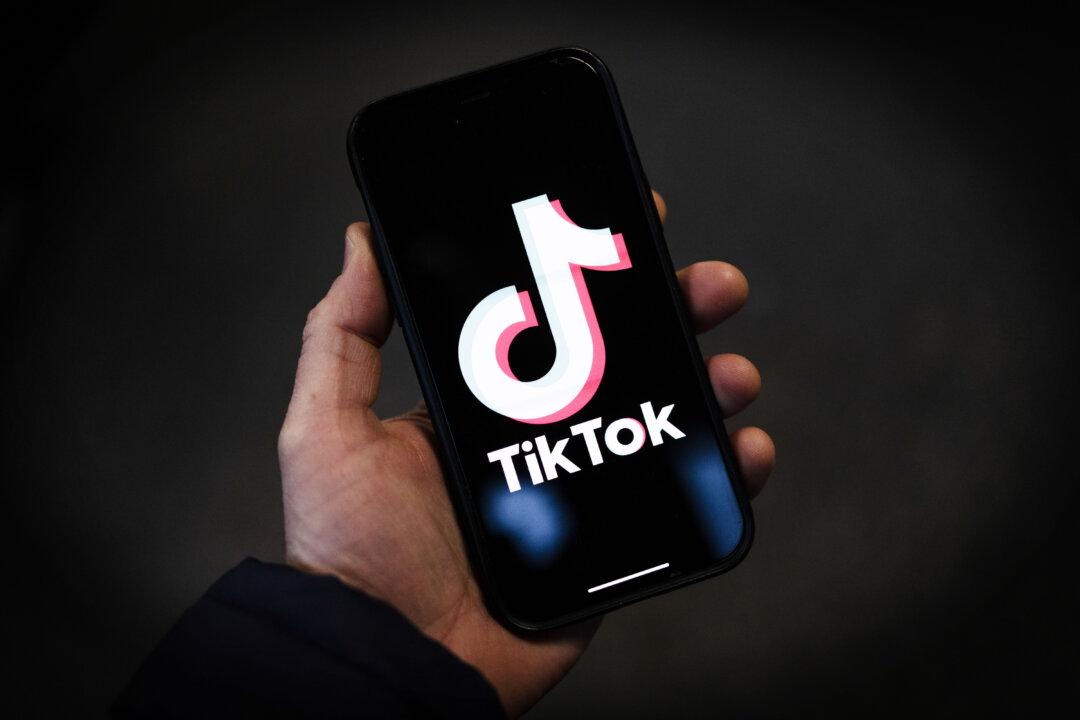The scholarships, according to the order, will be made available through an existing Community Service Block Grant program under the Health and Human Services Department to disadvantaged families whose children are denied access to in-person learning. The money can be used to cover cost of private or parochial schools, homeschooling, learning pods, special education, and related services including therapies, or tutoring or remedial education.
The order doesn’t specify how much money will be set aside for the scholarship funds, or how much each student or family will be eligible for.
The expanded school choice program was meant to ensure access to education resources for all American students, including those from low-income or minority households who are disproportionately affected by school closures. The order noted that while some financially affluent families have been able to mitigate the negative effect of school closures through in-person options such as homeschooling, private schools, and learning pods, the less privileged families have had to stick to their residentially assigned public schools, where they received little or no remote learning.
“Unfortunately, more than 50 percent of all public-school students in the United States began school remotely this fall,” Trump said in the order. “These children, including those with special needs, are being underserved due to the public education system’s failure to provide in-person learning options.”
The executive order came after Trump approved a $900 billion relief package that would provide widespread financial support, including about $82 billion for education.
The measure, which Trump signed into law on Sunday, provides $54.3 billion for K-12 schools, $22.7 billion for higher education with $1.7 billion set aside for minority-serving institutions, about $1 billion for for-profit colleges, and $4 billion for governors to spend as they see fit.
Education groups in favor of school choice have expressed dissatisfaction with the package, noting that the funds for governors comes with new restrictions on how that money can be used. Seemingly in response to the fact that some Republican governors used the first round of such funding to start new or expand existing school choice programs, the new relief bill explicitly says the money can’t be used for new scholarships or vouchers.





